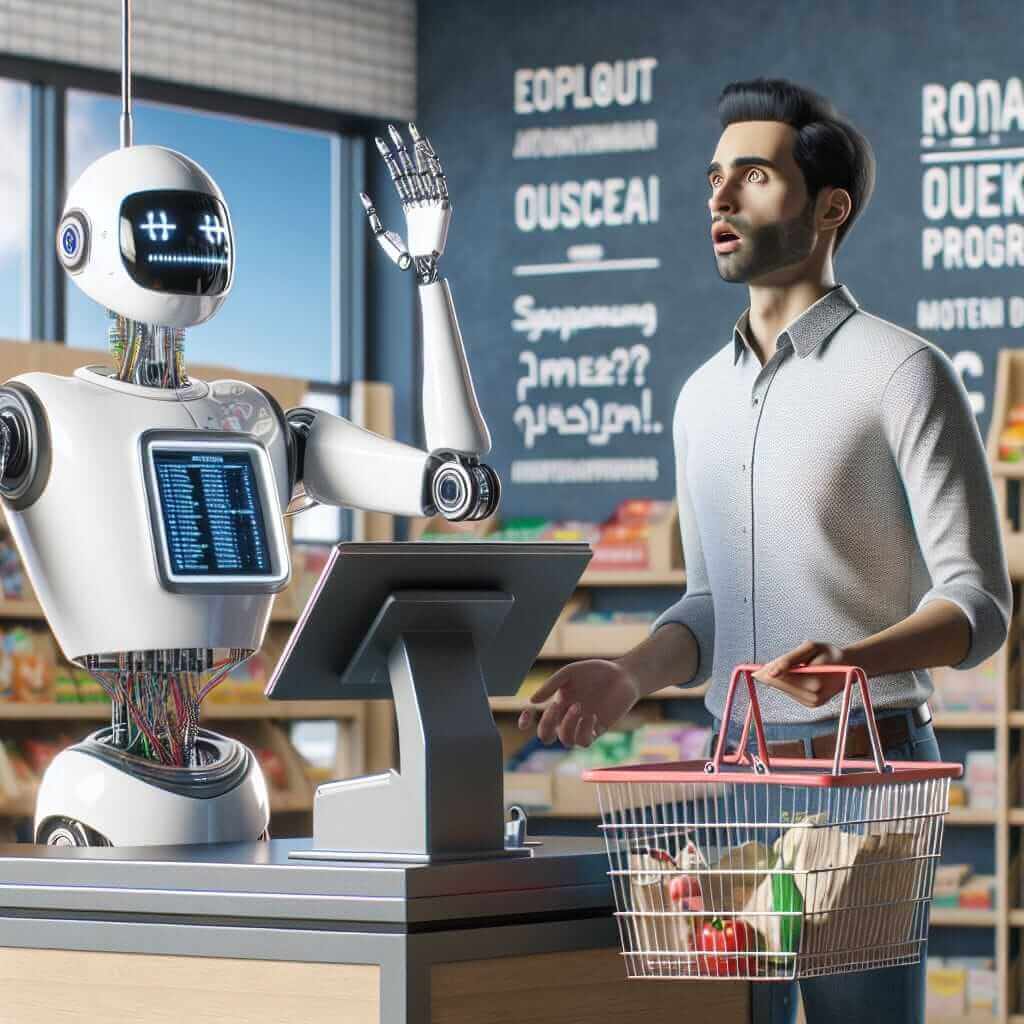The Reading section of the IELTS exam often includes contemporary topics of global significance, one of which is the rapid advancement and implications of artificial intelligence (AI) on various sectors, including job markets. The subject of AI and its impact on employment has appeared in numerous IELTS Reading tests, reflecting its relevance. This post aims to offer a sample IELTS Reading passage based on this topic, complete with questions, answers, vocabulary, and grammar tips. By understanding the frequency and importance of this topic, candidates can better prepare for its potential appearance in their future exams.
Sample Reading Passage
The Implications of AI on Future Job Markets
Artificial Intelligence (AI) has been a technological revolution transforming numerous industries. From manufacturing to services, AI’s integration is changing the job landscape. The implications of AI on future job markets involve both opportunities and challenges.
On one hand, AI can perform repetitive tasks more efficiently than humans, leading to job displacement in roles such as data entry, assembly line work, and routine administrative tasks. According to a study by Oxford University, nearly 47% of jobs in the United States are at risk of being automated within the next two decades. This automation can lead to short-term unemployment and require workers to acquire new skills to remain employable.

On the other hand, AI also creates new job opportunities. For instance, there is a growing demand for professionals who can develop, manage, and maintain AI systems. Jobs such as data scientists, machine learning engineers, and AI ethicists are becoming increasingly important. These roles require advanced technical skills and expertise in AI technologies.
Moreover, AI can enhance job performance by augmenting human capabilities. For instance, in healthcare, AI can assist doctors in diagnosing diseases more accurately and swiftly, thus improving patient outcomes. Similarly, in finance, AI algorithms can analyze vast amounts of data to provide better investment strategies.
However, the transition to an AI-driven job market requires substantial investment in education and training systems. Governments and organizations must collaborate to create programs that equip the workforce with the necessary skills. Lifelong learning initiatives and continuous professional development are crucial to ensuring that workers can adapt to the evolving job landscape.
In conclusion, while AI poses challenges to job markets through automation and displacement, it also offers significant opportunities for job creation and enhancement. The key to leveraging these opportunities lies in education, training, and a proactive approach to workforce development.
Questions
Identifying Information (True/False/Not Given)
- AI is only transforming the manufacturing industry.
- Nearly half of the jobs in the United States are at risk of automation.
- Job displacement due to AI is a long-term issue.
- AI’s impact on job markets is exclusively negative.
Matching Headings
Match each paragraph with the correct heading from the list below.
List of Headings:
A. AI in Various Industries
B. Job Displacement Due to AI
C. Educational Reforms and Retraining
D. New Job Opportunities Created by AI
E. Challenges and Opportunities of AI
- Paragraph 1
- Paragraph 2
- Paragraph 3
- Paragraph 4
- Paragraph 5
Sentence Completion
Complete the sentences below. Choose NO MORE THAN THREE WORDS from the passage for each answer.
- AI performs __ tasks more efficiently than humans.
- Nearly 47% of jobs in the US are at risk of __.
- AI can assist doctors in diagnosing diseases more __.
- Lifelong learning initiatives are crucial for ensuring workers can __.
Answer Keys
Identifying Information (True/False/Not Given)
- False
- True
- Not Given
- False
Matching Headings
- E. Challenges and Opportunities of AI
- B. Job Displacement Due to AI
- D. New Job Opportunities Created by AI
- A. AI in Various Industries
- C. Educational Reforms and Retraining
Sentence Completion
- repetitive
- being automated
- accurately
- adapt
Common Mistakes to Avoid
- Misinterpreting Keywords: Pay close attention to key terms in the questions and passage. For example, noting the difference between “short-term” and “long-term” can prevent errors.
- Overlooking Context: Understand the context in which certain statements are made to accurately determine True/False/Not Given answers.
- Matching Headings Incorrectly: Ensure that the chosen heading accurately summarizes the main idea of the paragraph.
Vocabulary
- Automation (n): /ˌɔː.təˈmeɪ.ʃən/ – the use of machinery or technology to perform tasks without human intervention.
- Displacement (n): /dɪsˈpleɪs.mənt/ – the removal of someone or something from its usual place.
- Augment (v): /ɔːɡˈment/ – to increase the size or value of something by adding to it.
- Diagnosis (n): /ˌdaɪ.əɡˈnoʊ.sɪs/ – the identification of the nature of an illness or other problem through examination of the symptoms.
Grammar Focus
- Present Simple for Facts: E.g., AI performs repetitive tasks more efficiently than humans.
- Future Simple for Predictions: E.g., Nearly 47% of jobs in the US are at risk of being automated within the next two decades.
- Modal Verbs for Necessity and Possibility: E.g., Governments and organizations must collaborate to create programs that equip the workforce with the necessary skills.
Advice for High Reading Scores
- Practice Regularly: Engage in consistent practice with a variety of reading materials.
- Enhance Vocabulary: Build a robust vocabulary to help understand complex texts.
- Develop Skimming and Scanning Skills: Improve your ability to quickly find key information in a passage.
- Answer Strategically: Tackle easier questions first to secure quick points, then move to challenging ones.
For more insights on related topics, visit our post on The Impact of Renewable Energy Policies on Job Markets.